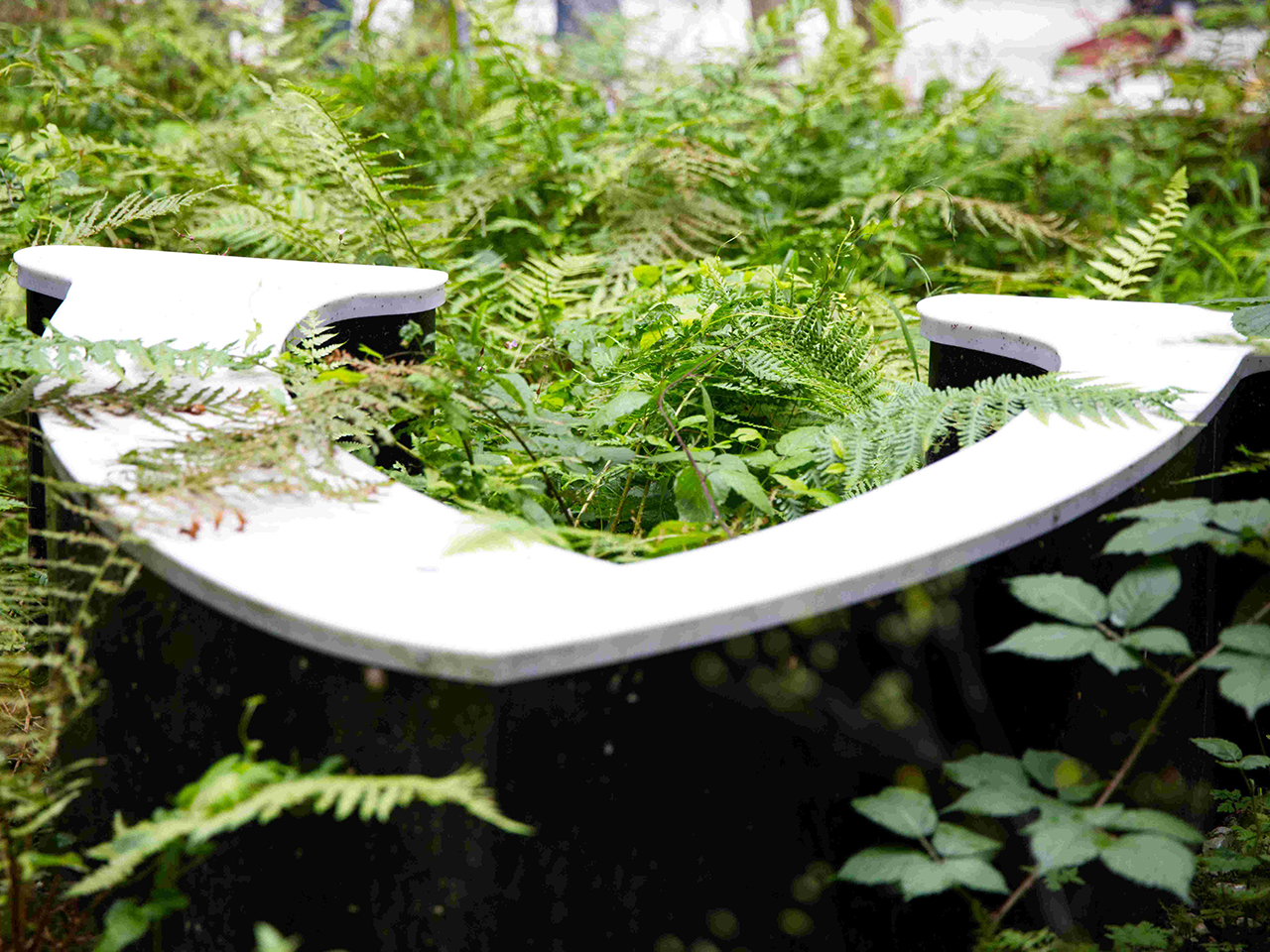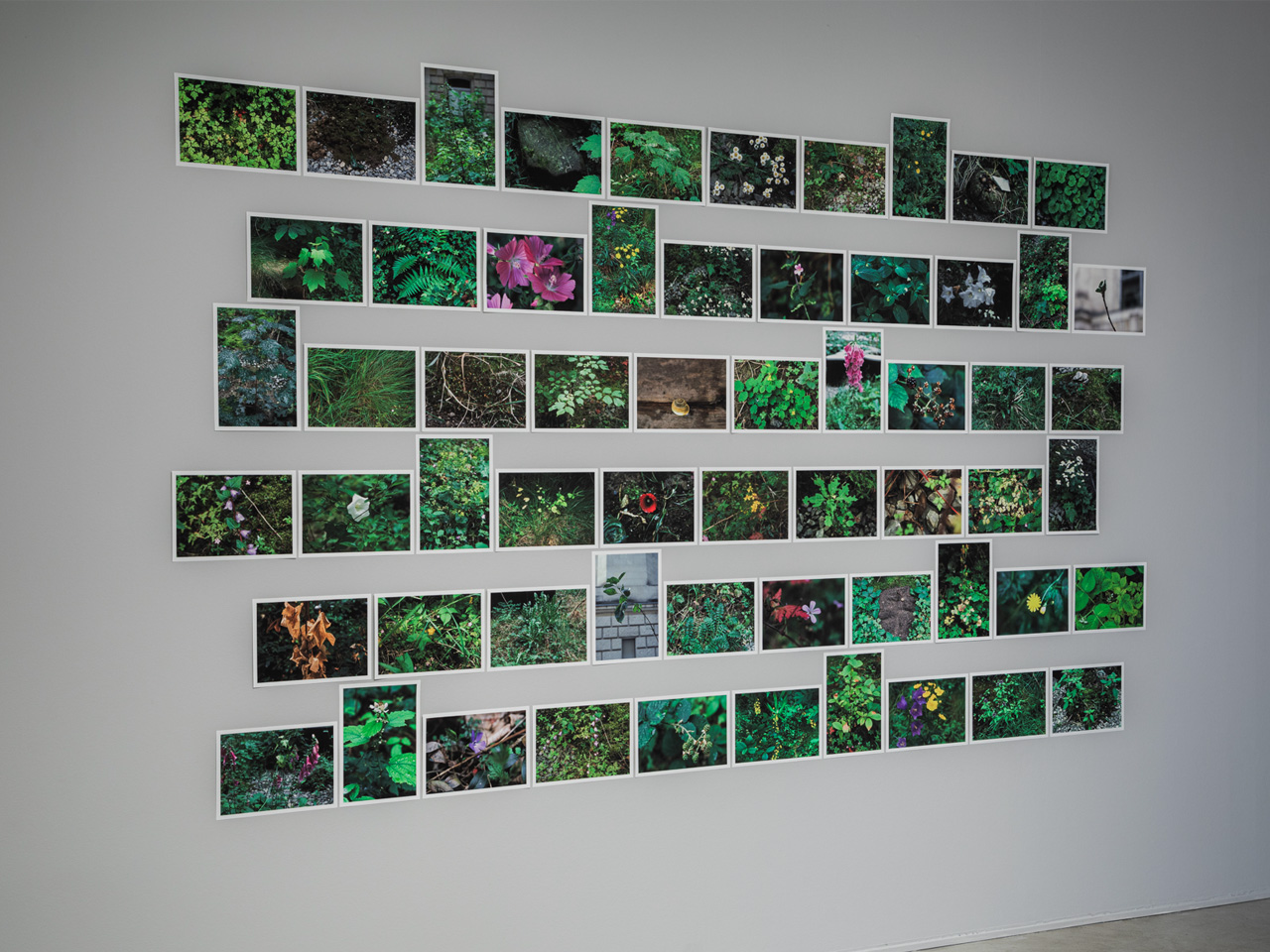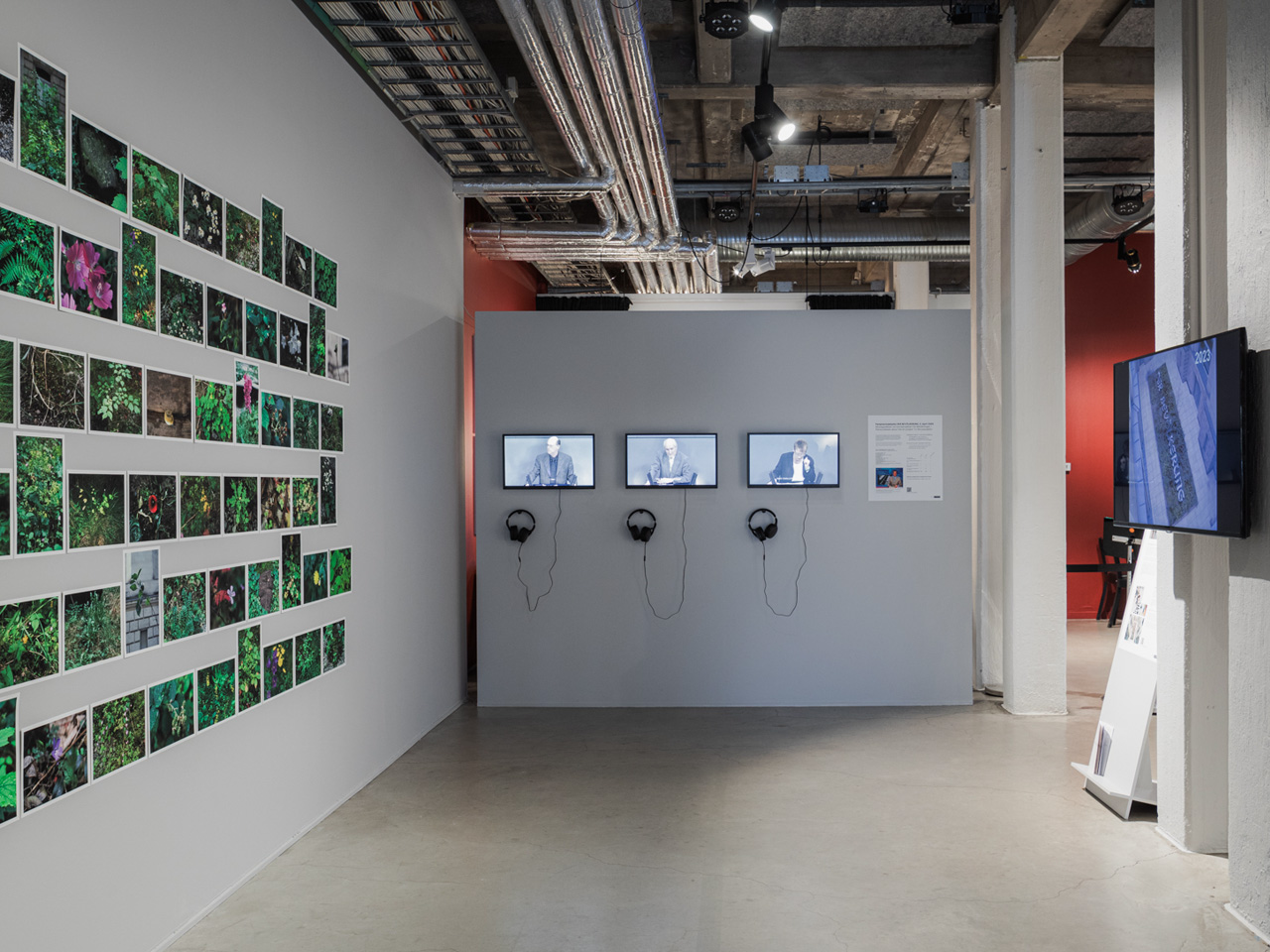Hans Haacke
Hans Haacke (b. 1936, Germany, lives and works in New York) is an artist whose work spans from kinetic art, environmental art, and institutional critique. Throughout Haacke’s career, he has worked with a conceptual approach to investigate the relationship between art and society through installations, photography, and sociological interventions. By examining the art world and its institutions, Haacke highlights both the art world’s entanglement in systems of power and its capacity for critique.
Haacke’s work has been presented at institutions including Schirn Kunsthalle, Frankfurt; the New Museum, New York; Museo Reina Sofía, Madrid; Serpentine Gallery, London; Centre Pompidou, Paris; Akademie der Künste, Berlin; Deichtorhallen, Hamburg and the Tate, London. Haacke has participated in major exhibitions, such as documenta 14, documenta X, documenta 8, documenta 7, documenta 5, Kassel; 56th Venice Biennale; 53rd Venice Biennale; 45th Venice Biennale; 37th Venice Biennale; 70th Whitney Biennial, New York; 7th Gwangju Biennale. Hans Haacke has received numerous awards and honours, including the Golden Lion at the Venice Biennale, 1993 (shared with Nam June Paik); Roswitha Haftmann-Preis, 2017; Goslarer Kaiserring, 2020.
DER BEVÖLKERUNG
2000-
Digital webcam images as video loop, archive video, material, image, text
6 min 43 sec
Courtesy of the artist, Oliver Schwarz and Werkstatt DER BEVÖLKERUNG
Bundesgartenschau
2008
Printed photography, 60 exhibition copies, 21 × 29,7 cm each
Courtesy of the artist and Sfeir-Semler Gallery
Hans Haacke’s sculptural installation DER BEVÖLKERUNG is exhibited in the courtyard of the German Parliament. Conceived in 2000 and ongoing, this participatory work invites members of the Parliament to contribute with soil from their respective electoral districts, transforming policy into tangible, organic expression. The blend of soil and pebbles gradually turns into a garden.
Before its realisation the artwork sparked discussion amongst the members of the parliament, though the votes were in favour of its realisation. At the centre of these discussions was the shift in the wording of the sculpture: By opting for “Bevölkerung” (population) over “Volk” (people) in the letters constituting the sculpture, Haacke emphasises inclusivity and challenges traditional notions of nationhood, urging a critical reflection on the difference between a politically charged notion of “the nation” and the diverse citizens of a country. In the parliamentary discussions, held on April 5th, 2000, one can detect that the discourse around contemporary art and its tone are similar to the ones today, 25 years later.



